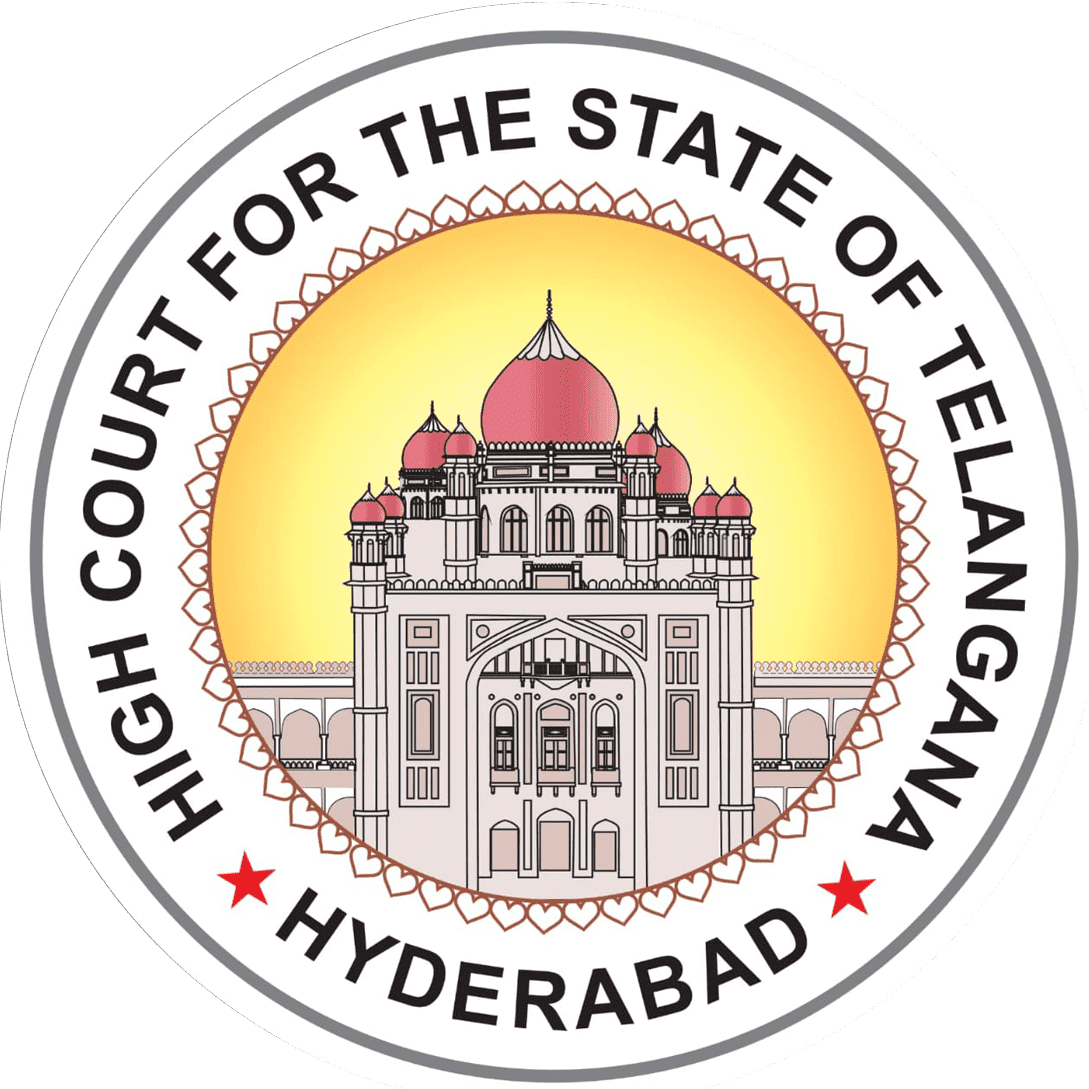History
The District Court, Khammam was established on 22-6-1955. Now the District has 35 Courts and one District Legal Service Authorities, Khammam i.e (12) District Courts, (05) Senior Civil Judge Courts and (18) Junior Civil Judge Courts.Thereafter the Hon’ble High Court for the State of Telangana has bifurcated the esrtwhile Khammam into two Judicial districts i.e., Khammam and Bhadradri-Kothagudem. Presently Khammam District is functioning (Eight) District Courts, (Three) Senior Civil Judge Courts, (Ten) Junior Civil Judges Courts from 02-06-2022.The District Court, Khammam having (TWO) taluka Courts i.e. Sathupalli and Madhira.Sri Hamid Bin Shabbir, was the first District and Sessions Judge, Khammam. Previously the District Court, Khammam was functioning at Trunk Road, Khammam. In the year 1975 the District Court, Khammam was shifted to the present District Court Premises. The following is the list of Prl. District and Sessions Judges who have acted as the Prl. District and Sessions Judges of Khammam District from the date of shifting of the District Court, Khammam to the present building.Historical background of the Khammam Judicial District: The nomenclature of Khammam is said to have derived from a temple Narasimhadri built on a hillock in the town. The temple was referred as Stamba Sikhari and later Stambhadri. The vertical rock under the temple is known as “Kamba” and the town at the foot of the hill was called Kambamettu which gradually changed to Khammam met and finally Khammam.Rivers: The largest holy river of South India namely Godavari enter the district near Tekulagudem. The river Godavari flows through a distance of about 180 kms in the district. The other rivers namely Sabari, Kinnerasani, Munneru, Paleru, Akeru and Wyra are also flow through the District. Previously Khammam was part of the larger Warangal District till 1-10-1953. Later five taluks of Warangal District viz. Khammam, Madhira, Yellandu, Burgampahad and Paloncha were carved out and a new district with Khammam as district head quarters was formed. In 1985 after introduction of Mandal system, the district was divided into 46 Mandals in four revenue divisions. The district comprises an area of 16,029 sq. kms. The coal mining work in Khammam district has been taken up by the state mined Singareni Collieries Company Limited, mined at Kothagudem, Manuguru, Yellandu and Sathupally. Places of Historical and Religious significance:Bhadrachalam located 120 kms away from Khammam is one of the most famous and sacred shrines in India situated on the banks of river Godavari. The marriage anniversary of Lord Rama is celebrated as “Sreeramanavami”.Parnasala is located 40- kms away from Bhadrachalam which is picturesque spot. Lord Rama spent his 14 years of exile at parnasala.The historic 700 years old Lord Venkateswara Swamy temple is situated in Annapureddypalli which is at a distance of 75 kms from Khammam. Built during the regime of Kakatiyas. 1000 years old Venkateswara Swamy temple is located in Jamalapuram and it is also called as Telangana Chinna Tirupathi, Swayambhoo and Swayam Vyakta.The famous Lord Venu Gopala swamy temple built 400 years ago by queen Rudramadevi is located in Kallur at a distance of 50 kms from Khammam. Nearby Lord Siva Temple which was constructed by Kakatiya ruler King Prathapa Rudra with five Lingas and a huge water tank.
Archaelogical sites:Khammam Fort which was built in 950 AD by the Kakatiyas, Khammam. It was taken over by the Qutub Shahi rulers in the year, 1512. It was built with granite and it stands majestically on a hill in the heart of Khammam town.Just 20 kms from Khammam is Kusumanchi where one of the biggest Sivalingam was installed in the temple built during Kakatiya Period.




